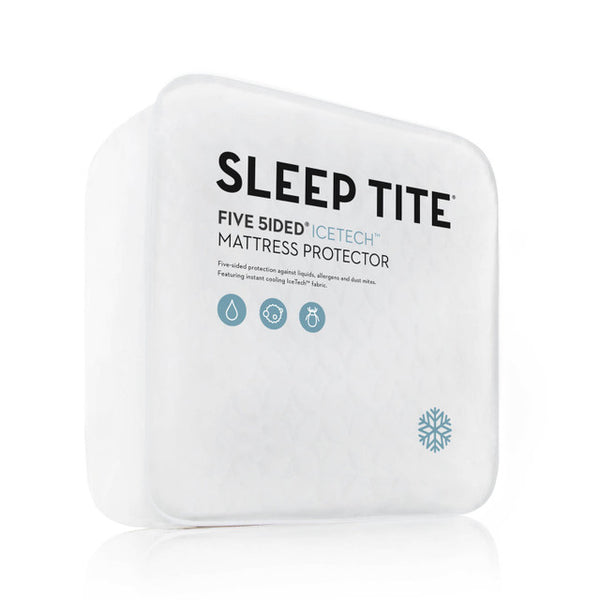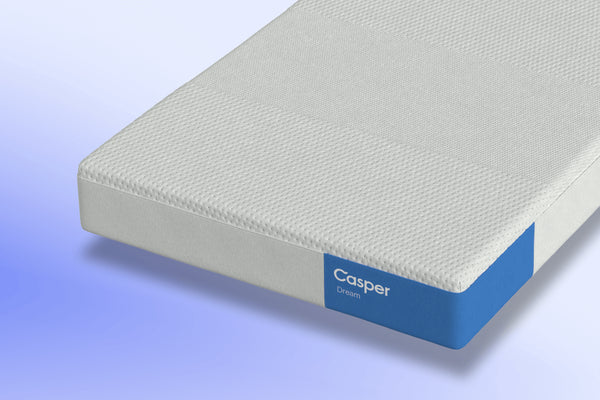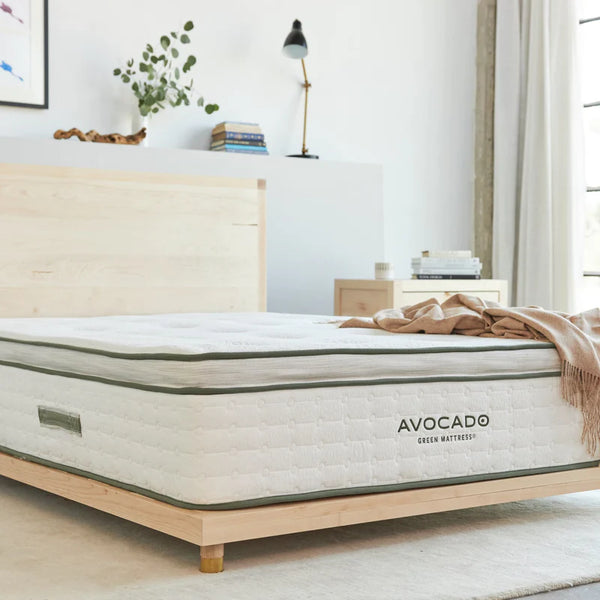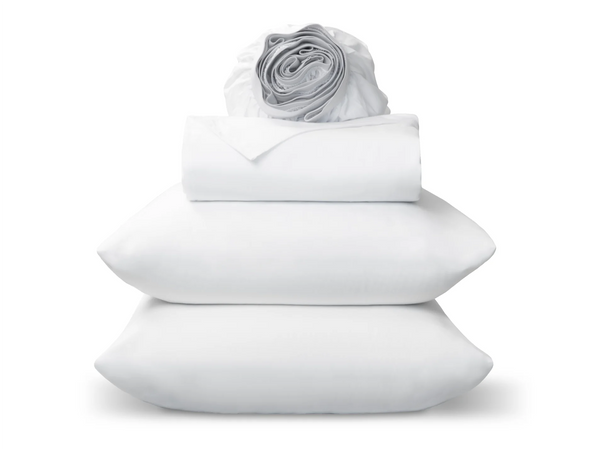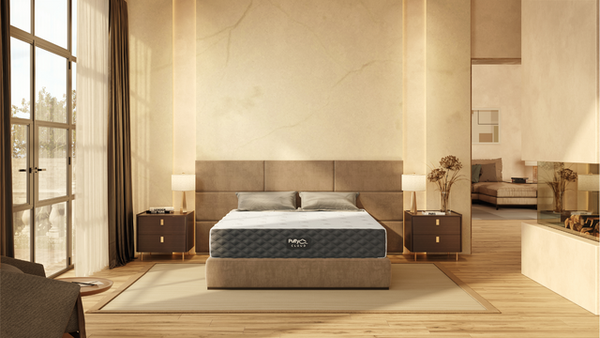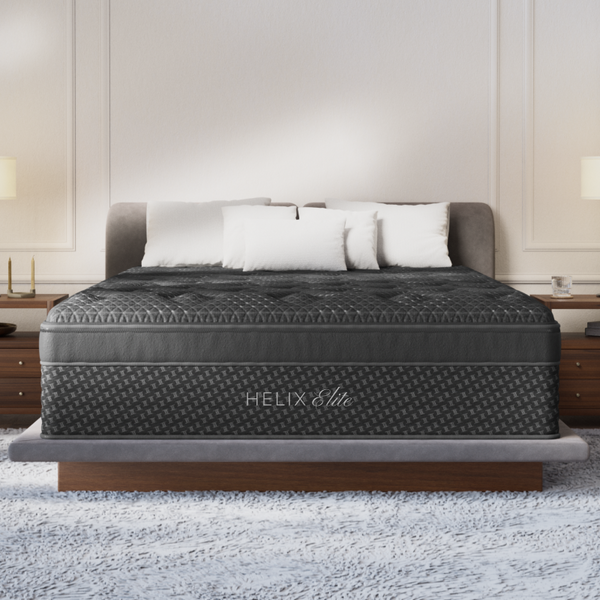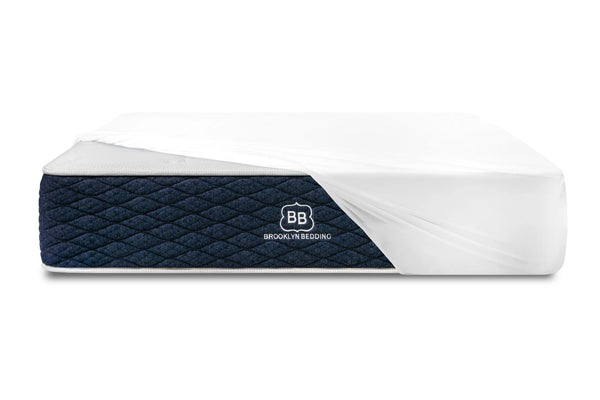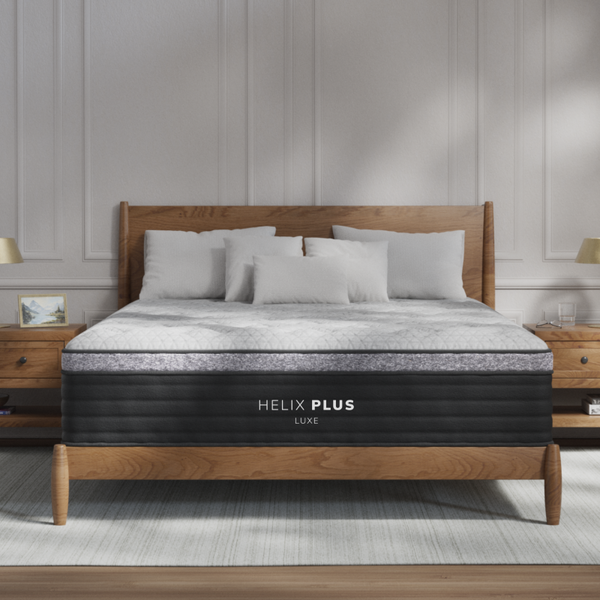
Frequently Asked Questions
1. What are smart mattresses?
2. How are sustainable materials changing the mattress industry?
3. What is the direct-to-consumer (DTC) model?
4. What benefits do subscription-based services offer in the mattress market?
5. How is e-commerce impacting the mattress industry?
The mattress industry is undergoing a significant transformation, driven by technological advancements, changing consumer preferences, and innovative business models. As more people prioritize sleep wellness and comfort, understanding these trends can help both consumers and businesses stay ahead in this competitive market. This blog explores the key trends shaping the future of the mattress industry and what they mean for shoppers and retailers alike.
1. The Rise of Smart Mattresses
As technology continues to evolve, smart mattresses are becoming increasingly popular. These innovative sleep solutions come equipped with embedded sensors that monitor various aspects of sleep, including heart rate, sleep cycles, and body temperature. By integrating with smartphone apps, smart mattresses provide personalized insights and recommendations that help users optimize their sleep quality.
Connected Sleep Solutions
One of the most exciting developments in this arena is the rise of connected sleep solutions. Expected to grow exponentially, these mattresses can sync with other smart home devices, such as smart lights and smart thermostats, to create a customized sleeping environment. For instance, a smart mattress can communicate with a smart thermostat to adjust the room temperature based on the user's sleep patterns.
Sleep Analytics
With the data gathered from smart mattresses, users can gain a deeper understanding of their sleep behaviors. Insights from sleep analytics empower consumers to make informed decisions about lifestyle changes, ultimately leading to better overall health and wellness.
2. Sustainable and Eco-Friendly Materials
As environmental concerns continue to rise, consumers are becoming more conscious of the materials used in the products they purchase. The mattress industry is responding with a growing range of eco-friendly options, such as organic cotton, natural latex, and recycled materials.
Emission-Free Manufacturing
Several brands are leading the charge towards greener practices by adopting emission-free manufacturing processes. This trend not only benefits the planet but also attracts a growing segment of environmentally-conscious consumers who prioritize sustainability in their purchasing decisions.
Biodegradable Choices
Biodegradable mattresses are also gaining traction as they address the long-standing issue of mattress waste. Traditional mattresses can take decades to decompose in landfills, but eco-friendly alternatives are designed to break down more quickly, reducing their impact on the environment.
3. Direct-to-Consumer (DTC) Models
The traditional retail model for mattresses is rapidly being replaced by direct-to-consumer (DTC) brands. This shift allows consumers to purchase high-quality mattresses at lower prices, often with the added benefit of convenient online shopping experiences.
Online Shopping Experiences
The rise of e-commerce has transformed the mattress-buying process, enabling consumers to explore a plethora of options from the comfort of their homes. DTC brands often offer generous trial periods, allowing customers to test their mattresses for several months before committing to a purchase. This risk-free approach has gained significant traction, building consumer trust in the DTC model.
Transparency in Pricing
Many DTC companies prioritize transparency in pricing, cutting out the middleman to offer customers better deals. This shift has led to increased competition and innovation, as traditional retailers are compelled to adapt to this new consumer preference.
4. Customization and Personalization
As consumers become more discerning, the demand for customized mattress options is skyrocketing. Brands are incorporating modular systems that allow users to tailor their mattresses based on personal preferences for firmness, material, and sleeping position.
Adjustable Firmness
Multi-layered constructions are becoming popular, enabling users to easily adjust the firmness levels of their mattresses. This means that couples with differing preferences can create a sleeping environment that meets both partners' comfort needs. Innovations include split configurations that let individuals customize their side of the bed without affecting their partner’s experience.
Personalized Sleep Solutions
Some brands are even leveraging AI to provide personalized recommendations based on customer profiles, which actively evolve according to user feedback. This level of customization ensures that consumers find a mattress that perfectly aligns with their unique sleeping habits and preferences.
5. Health and Sleep Wellness Focus
In recent years, there has been a growing acknowledgement of the importance of sleep on overall health. Consumers are increasingly seeking products that promote better sleep quality as part of their wellness journey. The mattress industry is stepping up to meet this demand by focusing on sleep health.
Sleep Technology Integration
Integrating sleep technology with wellness tracking apps can help users set and achieve their sleep goals. Brands are now marketing mattresses that not only provide physical comfort but also incorporate health-centric features aimed at enhancing overall well-being.
Partnerships with Sleep Experts
As consumer awareness surrounding sleep health grows, many brands are forming partnerships with sleep experts and researchers to source credible information on sleep hygiene. By providing educational resources, brands can enhance their credibility and establish themselves as thought leaders in sleep wellness.
6. Enhanced Customer Experience
In a crowded marketplace, providing an exceptional customer experience will set brands apart. The mattress industry is embracing innovative ways to improve the buying process through advanced customer service solutions.
Augmented Reality (AR) Technology
Some retailers are utilizing augmented reality technology to enable consumers to visualize how a mattress will fit in their bedrooms before making a purchase. This gives customers greater confidence in their choices and can significantly reduce returns.
Consistent Customer Engagement
Ongoing customer engagement through personalized recommendations, follow-ups, and loyalty programs can also enhance the buying experience. Brands focusing on building long-term relationships with their customers are likely to see greater loyalty and retention rates.
7. Subscription-Based Services
Subscription-based services are emerging as a new model within the mattress industry. This innovative approach allows consumers to rent or subscribe to their mattresses for a set period, with the option to purchase later. This trend capitalizes on the growing demand for flexible purchasing options.
Flexibility for Consumers
This model benefits consumers who may not have the funds available for a larger one-time purchase, allowing them to invest in their sleep quality without breaking the bank. It also aligns with the modern consumer’s desire for convenience and flexibility in their shopping experiences.
Regular Upgrades and Maintenance
With subscription models, customers can enjoy regular upgrades and maintenance, ensuring they always have access to the latest sleep technology and innovations. This trend could redefine the way consumers approach mattress ownership.
8. The Impact of E-Commerce Platforms
The growth of major e-commerce platforms has transformed the mattress industry landscape. Consumers now have countless options at their fingertips and can easily compare different brands and products with just a few clicks.
Greater Accessibility to Reviews
Online reviews and testimonials play a crucial role in the decision-making process. Shoppers can research various mattresses, gaining insights from other customers' experiences, which has cultivated a competitive environment that encourages brands to focus on quality and service.
Global Expansion
The online marketplace also opens the door for mattress brands to expand globally. Companies can reach markets far beyond their local communities, tapping into international demand and increasing their customer base.
9. Rise of Sleep Products Ecosystems
As the focus on sleep health grows, so does the creation of sleep product ecosystems. Consumers are not just looking for a mattress; they are searching for a holistic sleep environment that includes bed frames, pillows, sheets, and other accessories designed to enhance sleep quality.
Complementary Products
Brands are beginning to offer product bundles that include a mattress along with complementary products, such as weighted blankets, sleep masks, and memory foam toppers. This creates a comprehensive sleep solution in one place, ultimately simplifying the consumer’s buying experience.
Inevitability of sleep retail partnerships
Collaborations with brands that specialize in sleep accessories are also expected to increase. These partnerships can lead to exclusive offerings that beautifully integrate different sleep solutions for the ultimate in comfort and luxury.
The Road Ahead: Embracing Innovation
The mattress industry is on the cusp of exciting changes powered by innovation, technology, and a deep understanding of consumer needs. As trends continue to evolve, brands that harness these insights will thrive, while those that resist change risk falling behind. The future of sleep is bright, fostering an ever-expanding community of well-rested individuals. Embrace these future trends in the mattress industry and discover how they can positively impact your sleeping experience.
Staying ahead of these trends not only empowers consumers but also helps retailers navigate the challenges of a dynamic market. As we traverse this exciting landscape, the key will be to remain open to new ideas and willing to adapt, ensuring that everyone involved in the mattress industry benefits from a future steeped in innovation and improved sleep health.

